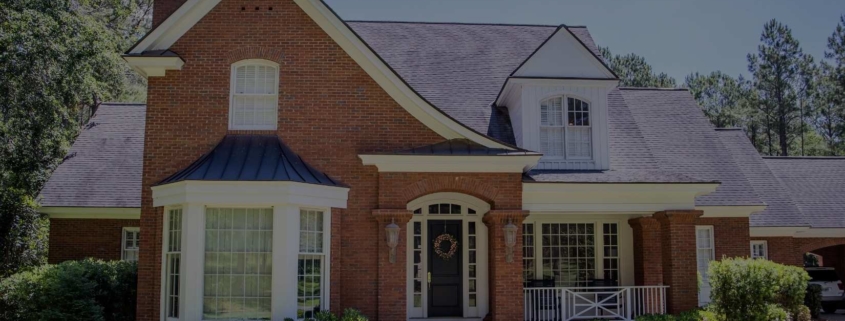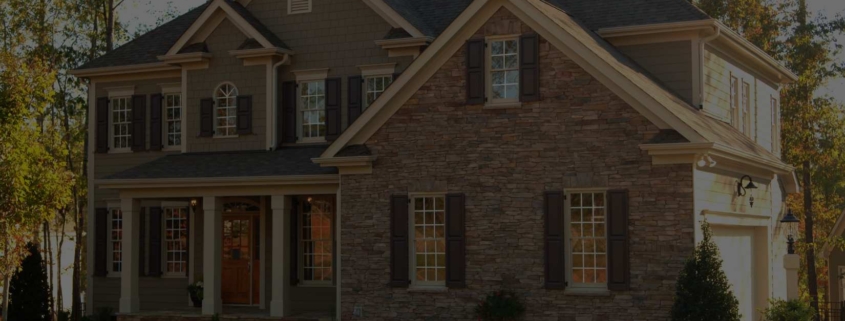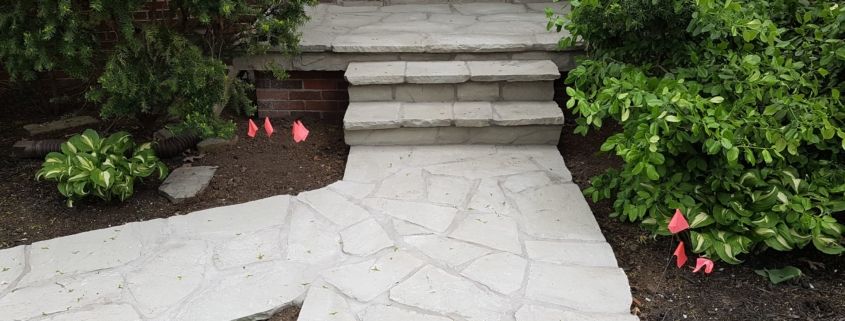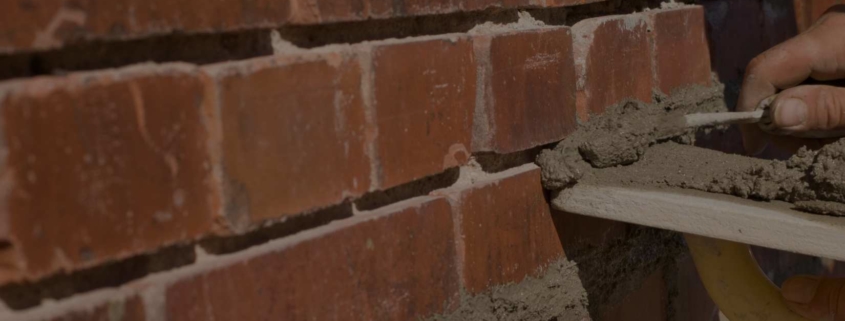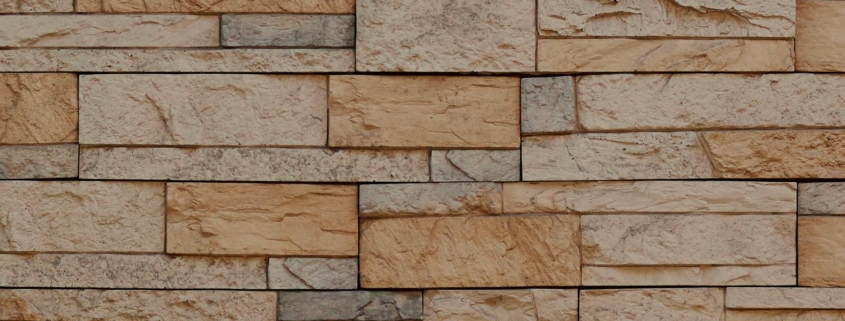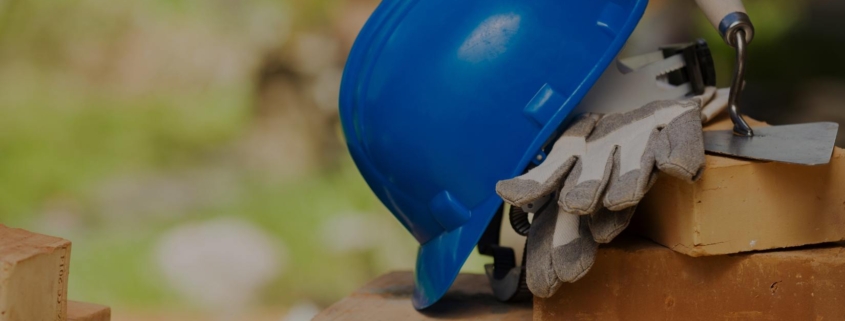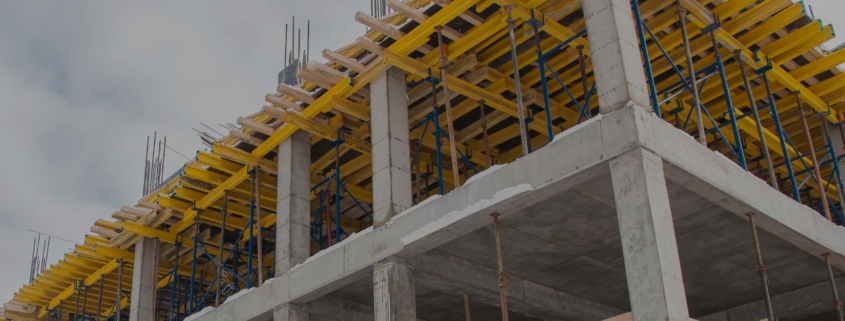Masonry is often praised for its durability and classic appeal, but many homeowners may not realize that it can also significantly improve a home’s energy efficiency. Building with materials like brick, stone, and concrete can create natural insulation, help regulate indoor temperatures, and reduce the need for artificial heating and cooling. In an age when energy efficiency is not only eco-friendly but also cost-effective, incorporating masonry into your home’s design can be a wise investment. This blog explores how masonry can boost energy efficiency, the types of masonry that offer the best insulation, and practical tips for maximizing these benefits.
Why Masonry is Energy Efficient
Masonry materials have a natural ability to absorb, store, and slowly release heat, a quality known as thermal mass. Unlike wood or vinyl, which lose heat quickly, materials like brick and stone retain warmth. This thermal mass effect helps to stabilize indoor temperatures by minimizing heat transfer through walls. In the summer, masonry can keep your home cooler by absorbing daytime heat and releasing it after the sun sets. In the winter, masonry retains warmth, helping keep indoor spaces comfortable.
Benefits of Energy-Efficient Masonry
Here are some of the key ways masonry contributes to energy efficiency:
- Reduced Heating and Cooling Costs: By stabilizing indoor temperatures, masonry reduces the reliance on HVAC systems, which can lead to significant savings on energy bills. Homes built with masonry walls are often naturally cooler in the summer and warmer in the winter, reducing the need for artificial heating and cooling.
- Sustainable and Eco-Friendly: Masonry materials like brick, stone, and concrete are natural, durable, and often locally sourced. They have a lower environmental impact compared to synthetic materials, making them an eco-friendly choice for homeowners who prioritize sustainability.
- Lower Carbon Emissions: Reduced energy consumption means fewer carbon emissions from HVAC systems. By investing in energy-efficient masonry, homeowners can contribute to a smaller carbon footprint, an important factor as more people strive to adopt greener living practices.
- Noise Reduction: Masonry walls are naturally dense, which not only helps with insulation but also acts as a sound barrier. For homeowners in busy areas or urban settings like Toronto, masonry can make indoor spaces quieter and more comfortable.
Types of Masonry Materials for Energy Efficiency
Different types of masonry materials offer varying levels of energy efficiency. Here’s a look at some of the most effective materials for energy-efficient construction:
- Brick: Brick is one of the most popular masonry materials and has excellent thermal mass properties. Its ability to absorb and release heat makes it ideal for energy-efficient homes. When paired with a good insulation system, brick walls can keep a home comfortable year-round.
- Stone: Stone is highly durable and naturally resistant to temperature changes, making it another excellent choice for energy efficiency. Stone walls have high thermal mass, which can help regulate indoor temperatures. Because stone is a natural material, it’s also eco-friendly and highly sustainable.
- Insulated Concrete Forms (ICFs): ICFs are a modern masonry solution that combines the strength of concrete with added insulation. These forms consist of foam blocks that are stacked to create walls and then filled with concrete. The result is a wall with exceptional insulating properties, providing both structural support and energy efficiency.
- Concrete Blocks with Insulation: Concrete blocks can be filled with insulation materials to improve their energy efficiency. Some blocks come pre-insulated or are designed to allow insulation to be inserted during construction, making them a versatile option for energy-efficient masonry.
- Double-Wythe Walls: A double-wythe wall is a construction method where two layers of masonry (such as brick) are built with an insulating layer in between. This setup provides excellent thermal insulation and adds strength to the structure, making it suitable for both residential and commercial buildings.
Techniques to Maximize Masonry’s Energy Efficiency
To fully harness the energy-efficient properties of masonry, certain techniques and practices can be implemented during construction or renovation:
- Incorporate Insulation: Adding insulation to masonry walls can enhance energy efficiency. For example, rigid foam boards or spray foam insulation can be applied to the interior side of a masonry wall, creating an additional layer that traps heat. Insulating brick veneer or stone veneer walls can also help achieve this effect.
- Use Thermal Breaks: A thermal break is a material that interrupts heat transfer through walls, floors, or roofs. By adding thermal breaks within the masonry assembly, homeowners can further reduce heat transfer and improve overall insulation.
- Consider Passive Solar Design: The orientation of a building can impact its energy efficiency. Positioning masonry walls to face the sun, especially on the south side of the home, allows the walls to absorb and store solar heat during the day. This heat is gradually released at night, helping to maintain a comfortable indoor temperature without additional energy use.
- Install Energy-Efficient Windows and Doors: Windows and doors are common weak points in a home’s insulation. By installing energy-efficient windows and doors, homeowners can reduce air leakage and improve the overall performance of masonry walls. Double or triple-pane windows and insulated doors can complement masonry’s thermal mass properties, creating a well-sealed, energy-efficient envelope.
- Apply a Vapor-Permeable Sealant: For brick or stone exteriors, applying a vapor-permeable sealant can help protect the masonry from moisture while allowing trapped vapor to escape. This helps maintain the integrity of the wall’s insulation and reduces the risk of water damage, which can impact energy efficiency.
Case Study: Energy-Efficient Masonry in a Toronto Home
To illustrate the benefits of energy-efficient masonry, consider a recent project in Toronto where a new home was built using insulated concrete forms (ICFs). The homeowners were looking for a structure that would not only withstand Toronto’s cold winters and hot summers but also reduce energy consumption.
By using ICFs for the exterior walls, they achieved a high level of insulation without compromising on structural strength. The ICF walls provided a thermal mass that stabilized indoor temperatures, reducing the need for artificial heating and cooling. Within the first year, the homeowners noticed a significant drop in their energy bills compared to their previous wood-frame home. The thermal efficiency of ICFs, combined with energy-efficient windows and doors, created a comfortable, sustainable living space that required minimal energy.
How Energy-Efficient Masonry Adds Value to Your Home
Beyond cost savings on energy bills, energy-efficient masonry can increase your home’s overall value. Homes with energy-efficient features are increasingly popular among buyers, who appreciate the long-term savings and sustainability. Masonry’s durability also contributes to property value, as it requires fewer repairs and maintenance over time.
Moreover, with governments offering tax credits and rebates for energy-efficient upgrades, homeowners who invest in energy-efficient masonry may qualify for financial incentives. This makes it even more appealing to choose masonry materials and techniques that reduce energy consumption.
Conclusion
Masonry offers far more than aesthetic appeal and structural integrity; it’s also an effective way to improve your home’s energy efficiency. By choosing the right materials, incorporating insulation, and using energy-efficient construction techniques, homeowners can enjoy a comfortable, eco-friendly living space with reduced energy costs. As more people prioritize sustainable living, energy-efficient masonry is a wise investment that benefits both the environment and your wallet.
Whether you’re building a new home or looking to enhance your current property, Red Robin Masonry can help you implement energy-efficient masonry solutions tailored to your needs.
For more information on how masonry can increase your home’s energy efficiency, contact Red Robin Masonry or call us at (416) 206-8859. Our experienced team is here to provide you with energy-efficient masonry solutions.

